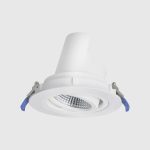Quick and Easy Fixes: How to Troubleshoot Your LED Light Remote Control
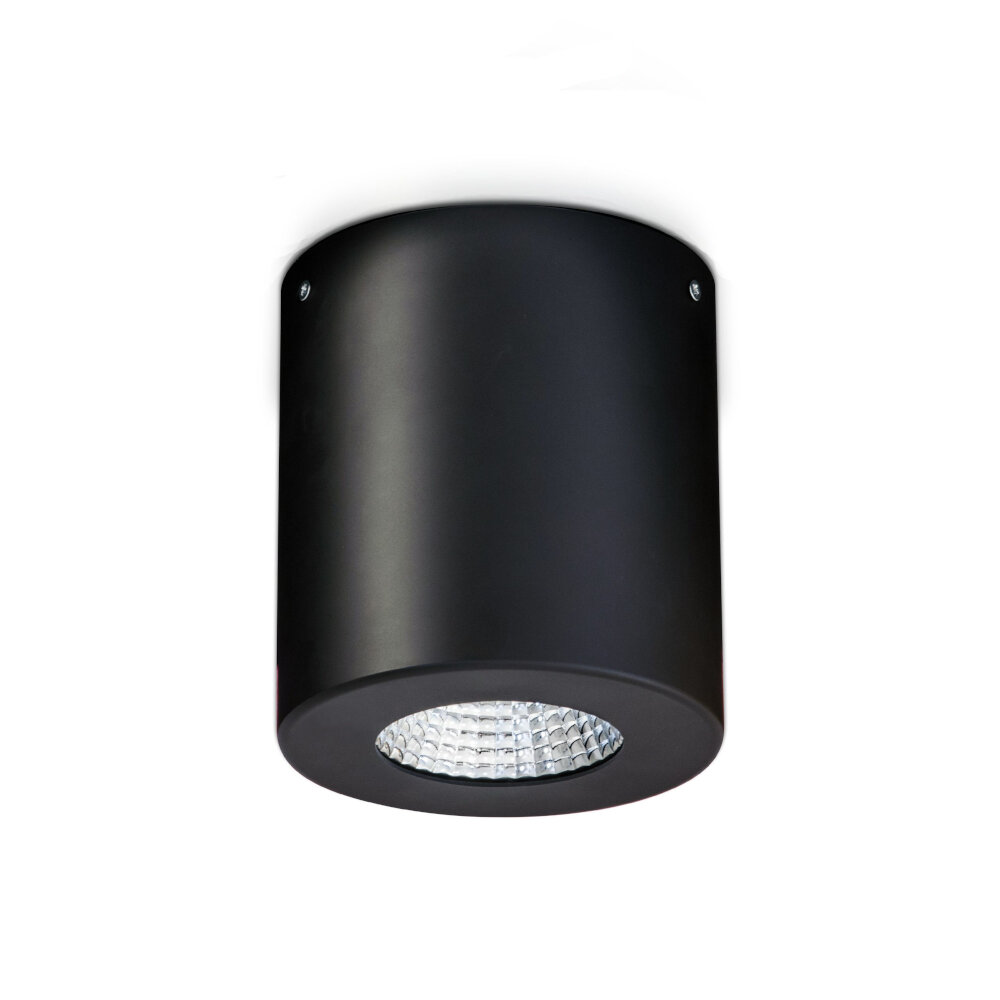
In this day and age, remote controls have become an essential part of our daily lives. They enable us to operate various electronic devices from the comfort of our seats, making our lives more comfortable and convenient. One of the most common devices that come with remote controls nowadays is LED lights. LED lights are energy-efficient and long-lasting, making them a popular choice for homeowners. However, like all electronic devices, LED light remote controls can malfunction, causing frustration and inconvenience. Fortunately, troubleshooting LED light remote controls is relatively easy and can be done by anyone with a basic understanding of electronics. If you’re experiencing problems with your LED light remote control, don’t panic. In this article, we’ll guide you through some of the most common issues that people face with their LED light remote controls and how to fix them. From simple fixes like replacing the batteries to more complex solutions like resetting the remote control, we’ll provide you with step-by-step instructions that are easy to follow. By the end of this article, you’ll have the knowledge and skills to troubleshoot your LED light remote control like a pro, saving you time, money, and frustration. So, let’s get started!
LED lights are energy-efficient, long-lasting, and versatile lighting options that have gained immense popularity in recent years. They are powered by a semiconductor to produce light and come in a variety of colors and brightness levels. The remote control is a handy device that allows users to control their LED lights from a distance, making it easy to turn them on or off, change colors, dim the lights, and set timers. Sometimes, remote controls may experience issues and stop working correctly, leading to frustration for users. Troubleshooting these issues can be quick and easy, and with a little knowledge, users can get their LED lights back to working order.
Troubleshooting is an essential process in identifying and resolving problems that occur in any technical device, and it plays a crucial role in maintaining the functionality and efficiency of the device. Troubleshooting LED Light Remote Control is necessary to ensure that the user can operate the device with ease and convenience. It enables the user to identify and rectify any issues that may arise during usage, such as problems with connectivity, power supply, or software glitches. Troubleshooting helps in reducing the downtime of the device, saving time and money on repairs and replacements, and increasing the lifespan of the device. Therefore, the significance of troubleshooting in maintaining the smooth functioning of LED Light Remote Control cannot be overstated.
Check the Batteries
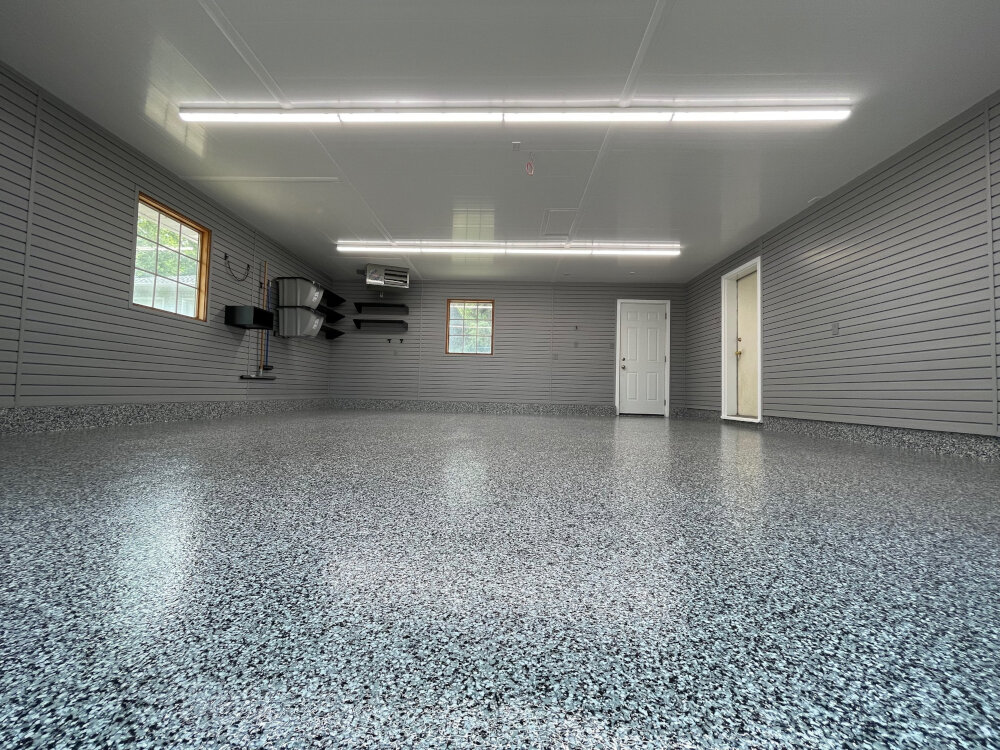
The first and most important step in troubleshooting your LED light remote control is to check the batteries. Many times, the root cause of the issue is simply that the batteries are dead or low on power. In order to check the batteries, remove the back panel of the remote control and take out the batteries. Use a battery tester to see if they still have charge, and if not, replace them with fresh ones. It is also important to check that the batteries are inserted correctly, as a reversed polarity can cause the remote control to malfunction. If you have checked the batteries and they are not the issue, it may be time to look at other potential causes of the problem. One possibility is that there is interference from other electronics in the room. Try moving other devices away from the remote control or turning them off to see if this helps. Another potential issue is that the remote control itself is damaged or defective. If this is the case, you may need to replace the remote control or contact the manufacturer for support. By following these simple troubleshooting steps, you can quickly and easily get your LED light remote control back up and running.
If your LED light remote control is not working properly, it could be time to replace the batteries. First, locate the battery compartment on the back of the remote control. Depending on the brand and model, there may be a small latch or screw that needs to be released to open the compartment. Once the compartment is open, remove the old batteries and dispose of them properly. Be sure to check the polarity of the batteries before inserting the new ones, as they need to be placed in the correct position. Once the new batteries are inserted, close the compartment and test the remote control to ensure it is working properly. If the remote control still does not work, it may be time to contact the manufacturer for further assistance.
One of the most common issues with LED light remote controls is low battery life. There are several signs of low battery that you can watch out for, such as the LED light not turning on or flickering, the remote control buttons not responding or working intermittently, or the range of the remote control being significantly reduced. Other signs may include slow or unresponsive commands, or the battery indicator light flashing or turning red. If you experience any of these issues, it’s a good idea to replace the batteries in your remote control as soon as possible to ensure optimal performance.
Using fresh batteries is crucial when troubleshooting your LED light remote control. Old or weak batteries can cause your remote to function improperly, leading to frustration and wasted time. Fresh batteries ensure that your remote control has the necessary power to send signals to your LED lights, allowing you to control them with ease. Furthermore, using fresh batteries will ensure that your LED lights respond quickly and accurately to your commands, providing a seamless and hassle-free experience. So, if you’re having trouble with your LED light remote control, always check that you’re using fresh batteries before moving on to more complex solutions.
Check the Connection
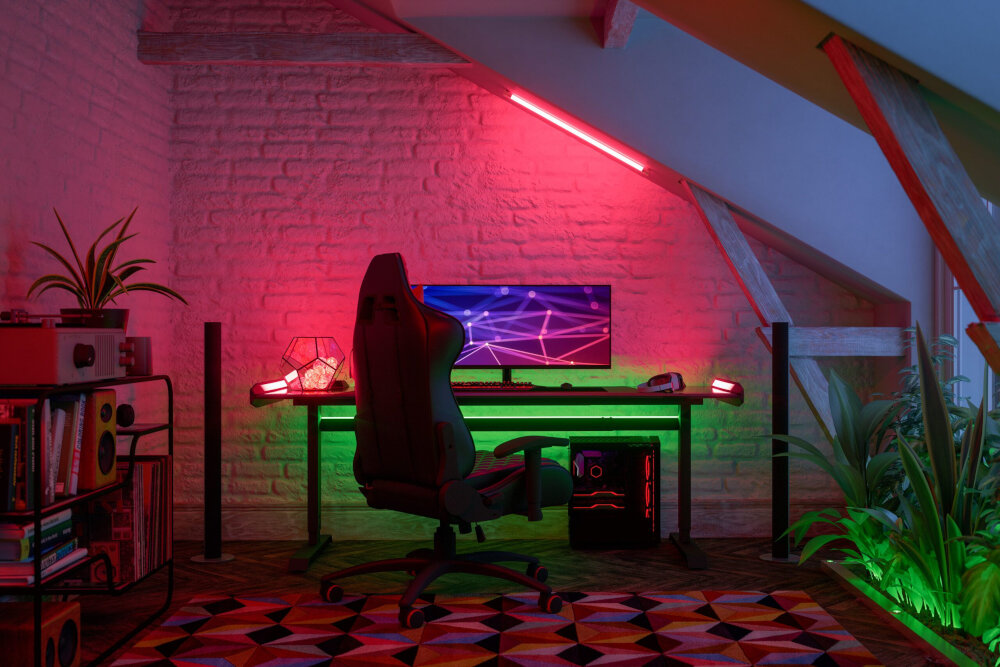
One of the most common issues with LED light remote controls is a faulty connection. If your remote control doesn’t seem to be working, the first thing you should do is check the connection. Start by making sure the batteries in the remote control are fresh and inserted correctly. If the batteries are low or inserted incorrectly, the remote control won’t work properly. If the batteries are fine, check the connection between the remote control and the LED light. Make sure the LED light is properly connected to the power source and that the remote control is pointed directly at the light. If the connection is still not working, try resetting the remote control and the LED light by unplugging them both and then plugging them back in. This can sometimes solve the issue and get your LED light working again. It’s important to note that some LED lights require a specific type of remote control. Make sure the remote control you’re using is compatible with your LED light. If it’s not, the connection won’t work no matter what you do. If you’re not sure which remote control to use, check the user manual for your LED light or contact the manufacturer for assistance. Additionally, if you’ve tried all of these troubleshooting tips and your LED light still isn’t working, it may be time to replace the remote control or contact a professional for further assistance.
When you’re trying to connect your remote to your LED lights, there are a few things to keep in mind to ensure that the process goes smoothly. First, make sure that the remote has fresh batteries and that they are inserted correctly. Next, check that the LED lights are properly plugged in and that the power source is turned on. If the lights are not responding to the remote, try resetting the connection by turning off the lights and unplugging them for a few minutes before plugging them back in and trying again. It’s also important to be within range of the lights and to aim the remote directly at the receiver. By following these steps, you can easily troubleshoot any issues with your LED light remote control and get your lights up and running in no time.
If you’re experiencing connection issues with your LED light remote control, there are several quick and easy fixes you can try. Firstly, check that the batteries in the remote are fresh and correctly inserted. Next, ensure that the LED light fixture is properly connected to power and turned on. If the problem persists, try resetting the remote by removing the batteries and holding down any button for 5-10 seconds before reinserting the batteries. You can also try re-pairing the remote by following the manufacturer’s instructions. If none of these solutions work, it may be a problem with the remote itself and you may need to contact the manufacturer for further assistance.
Having a proper connection for remote control use is crucial for effectively controlling LED lights. Remote controls rely on a clear and uninterrupted signal to communicate with the lights. Any interference or weak connection can result in the remote control malfunctioning or the lights not responding properly. Additionally, a proper connection ensures that the remote control can reach the lights from a comfortable distance, making it convenient to use. It is important to ensure that the remote control is synced with the lights and that the batteries are properly installed to maintain a strong connection. Ultimately, having a proper connection for remote control use makes it easy to control LED lights and enhances the user experience.
Reset the Remote
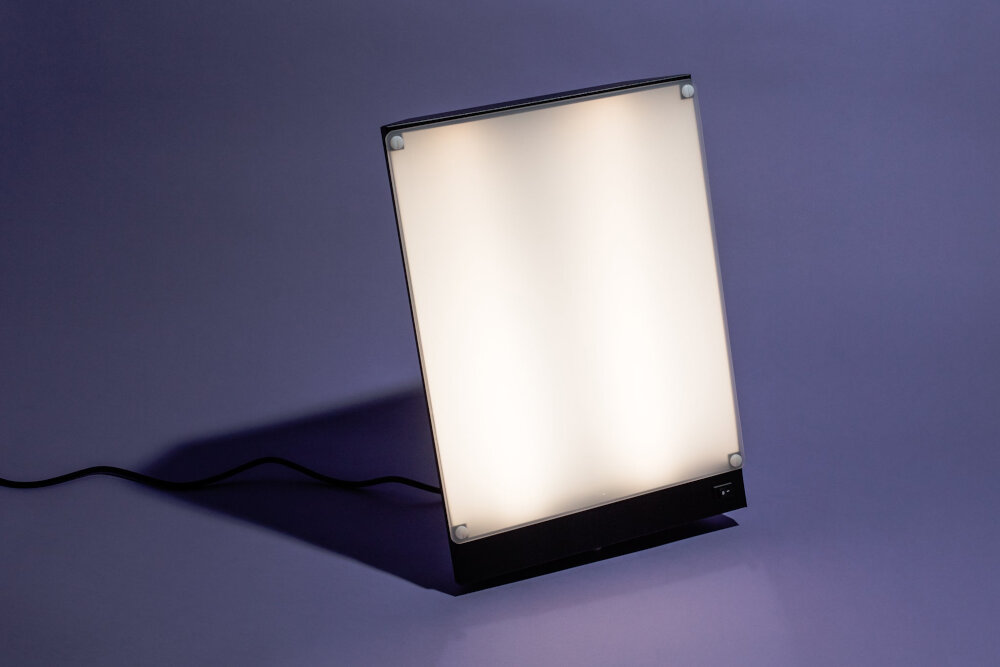
If you’re experiencing problems with your LED light remote control, one of the first troubleshooting steps you should take is to reset the remote. This is a simple process that often resolves issues such as the remote not responding or certain buttons not working. To reset the remote, you’ll need to remove the batteries and then press and hold down any button on the remote for 5-10 seconds. This will discharge any remaining energy in the remote and reset its internal programming. Once you’ve done this, replace the batteries and try using the remote again. You should find that it now works as expected. It’s worth noting that resetting the remote won’t always solve all issues. If you’re still experiencing problems after resetting the remote, you may need to try other troubleshooting steps such as checking the batteries, ensuring the LED light is properly connected, or contacting the manufacturer for further assistance. However, resetting the remote is a quick and easy first step that can often resolve issues and get your LED lights working again in no time.
If you’re experiencing issues with your LED light remote control, one potential solution is to reset it. To do this, locate the reset button on the back of the remote and press it using a paperclip or similar tool. Hold the button down for a few seconds until you see the LED lights on the remote flash. After this, release the button and wait for the remote to reset. Once the remote has reset, you may need to re-sync it with your LED light fixture by following the manufacturer’s instructions. Resetting your remote can often fix issues with connectivity and responsiveness, making it a quick and easy troubleshooting step to try before seeking further assistance.
If you’re having issues with your LED light remote control, resetting it might be the solution. The first step is to remove any batteries from the remote and press every button on the remote once. Next, unplug the LED light from its power source and wait for 10-15 seconds. Plug the light back in and wait for it to turn on. Finally, put the batteries back in the remote and try using it again. This reset should clear any glitches or interference that may have been causing issues with your LED light remote control. If resetting doesn’t work, there may be a more significant issue that requires further troubleshooting or professional assistance.
Resetting is an essential step when troubleshooting remote control functionality for LED lights. It is a quick and easy solution that can resolve issues such as unresponsive buttons, erratic behavior, and the inability to control the lights. By resetting the remote control, you are essentially restoring it to its default settings, which can clear out any glitches or programming errors that may have occurred. This can save you time and frustration from having to replace the remote or LED lights altogether. It’s important to note that the process of resetting may vary depending on the brand and model of the remote control, so it’s always best to refer to the manufacturer’s instructions for specific guidance.
Contact Customer Service
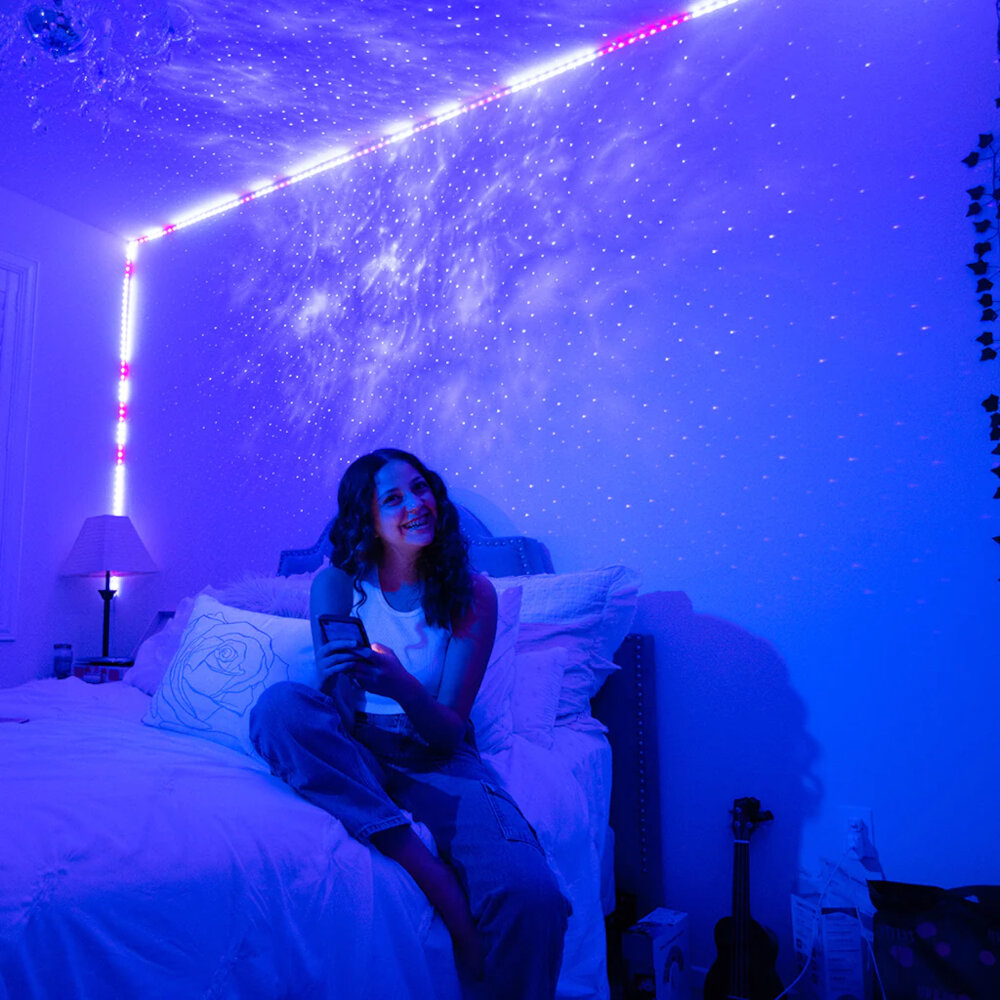
If you encounter any difficulties while troubleshooting your LED light remote control, contacting customer service is usually the most effective solution. The customer service team is well-equipped to help you quickly and easily diagnose and resolve any issues you may be experiencing. They can provide you with step-by-step instructions or guide you through the troubleshooting process over the phone. In addition to troubleshooting, customer service can also assist with warranty claims and replacement requests. When contacting customer service, it is important to have all relevant information on hand, such as the model number and serial number of your LED light remote control. This will enable the customer service representative to quickly access your account and provide you with personalized assistance. To ensure your call goes smoothly, try to be as clear and concise as possible when describing the issue you are experiencing. Remember that the customer service team is there to help you, so don’t hesitate to ask questions or seek clarification if needed.
If you’re having trouble with your LED light remote control, it may be time to contact customer service. This is especially true if you’ve already tried troubleshooting on your own and still can’t get your remote to work properly. Don’t hesitate to reach out to customer service for assistance, as they may have additional tips and tricks that could resolve the issue. Additionally, if your LED light remote control is still under warranty, contacting customer service can help you get a replacement or repair without additional cost. Overall, reaching out to customer service can save you time, frustration, and money in the long run.
If you are experiencing issues with your LED light remote control and need to contact customer service, there are several methods available. One option is to check the manufacturer’s website for a support page, which may offer troubleshooting tips or a phone number to call. Another option is to contact the retailer where you purchased the remote, as they may have a customer service department that can assist you. Additionally, some remotes may come with a user manual that includes contact information for customer service. When reaching out for help, be sure to have your remote model number and any relevant information about the issue you are experiencing, as this will help customer service representatives provide more targeted assistance.
Customer service plays a crucial role in resolving issues, especially when it comes to troubleshooting technical problems. In the case of LED light remote controls, customers may face difficulties in operating the device or encounter malfunctions. Effective customer service can provide quick and easy fixes to these issues, saving customers time and frustration. A knowledgeable and responsive customer service team can help troubleshoot problems through step-by-step guidance, identifying the root cause of the issue, and suggesting practical solutions. This not only helps customers to continue using their LED light remote control but also builds trust in the brand and encourages customer loyalty.
When it comes to troubleshooting your LED light remote control, there are a few tips that can help you quickly and easily fix any issues you may be experiencing. First, make sure that your remote control has fresh batteries installed and that they are properly seated in the battery compartment. Next, check to see if there are any obstructions between the remote control and the LED light that may be interfering with the signal. If these steps don’t work, try resetting both the remote control and the LED light. Finally, if none of these steps work, consult the user manual or contact the manufacturer for further assistance. By following these troubleshooting tips, you can quickly and easily get your LED light remote control working properly again.
Troubleshooting is a crucial process when it comes to using remote controls for LED lights. It helps to identify and fix any issues that may arise, such as a malfunctioning remote, connectivity problems or incorrect settings. Troubleshooting is essential to ensure that the LED lights work properly and efficiently, and that they can be easily controlled with the remote. By addressing any problems quickly, users can avoid frustration and wasted time trying to figure out complicated technical issues. Troubleshooting can also save money on costly repairs or replacements by identifying and resolving problems early on. Overall, taking the time to troubleshoot LED light remote controls is a necessary step in ensuring a smooth and hassle-free experience.
Conclusion
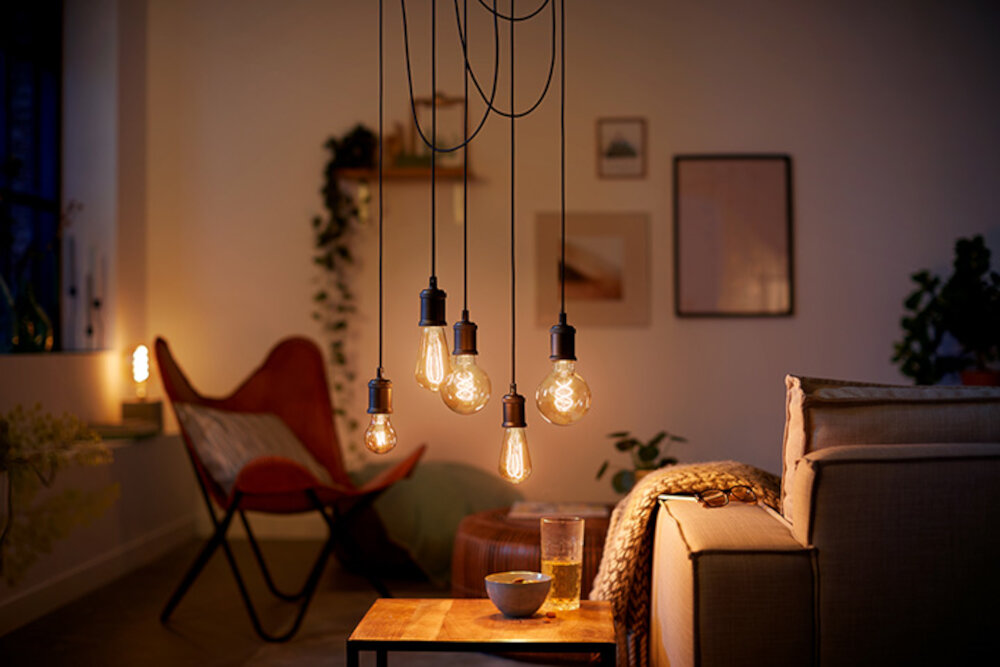
In conclusion, troubleshooting your LED light remote control can be a simple and straightforward process when approached with patience and care. By following the quick and easy fixes outlined in this guide, you can easily identify and resolve common issues that may arise while using your remote control. Remember to check the batteries, reset the device, and ensure that there are no obstructions between the remote and the light fixture. With a little bit of troubleshooting, you’ll be back to controlling your LED lights with ease and convenience in no time!



